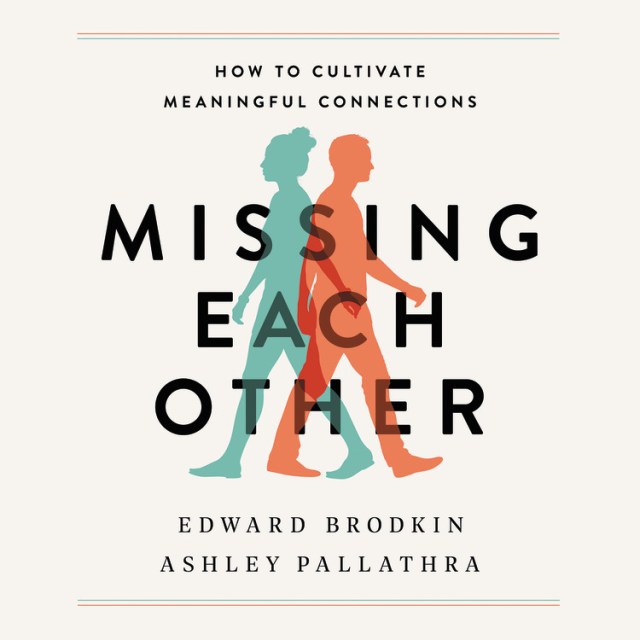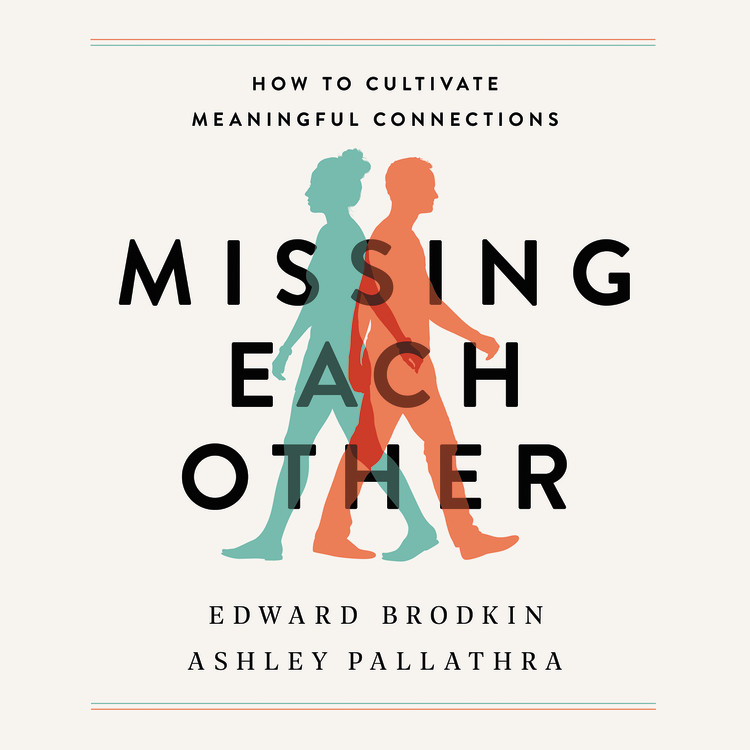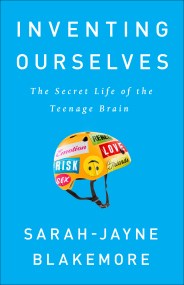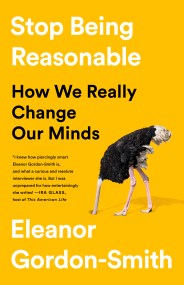Promotion
Use code CYBER2024 for 30% off sitewide + free shipping over $30
By clicking “Accept,” you agree to the use of cookies and similar technologies on your device as set forth in our Cookie Policy and our Privacy Policy. Please note that certain cookies are essential for this website to function properly and do not require user consent to be deployed.
Missing Each Other
How to Cultivate Meaningful Connections
Contributors
Read by Kylah Williams
Formats and Prices
Price
$24.98Format
Format:
- Audiobook Download (Unabridged) $24.98
- ebook $16.99 $21.99 CAD
- Hardcover $28.00 $35.00 CAD
This item is a preorder. Your payment method will be charged immediately, and the product is expected to ship on or around January 26, 2021. This date is subject to change due to shipping delays beyond our control.
Also available from:
- On Sale
- Jan 26, 2021
- Page Count
- 256 pages
- Publisher
- Hachette Audio
- ISBN-13
- 9781549146985
Newsletter Signup
By clicking ‘Sign Up,’ I acknowledge that I have read and agree to Hachette Book Group’s Privacy Policy and Terms of Use








